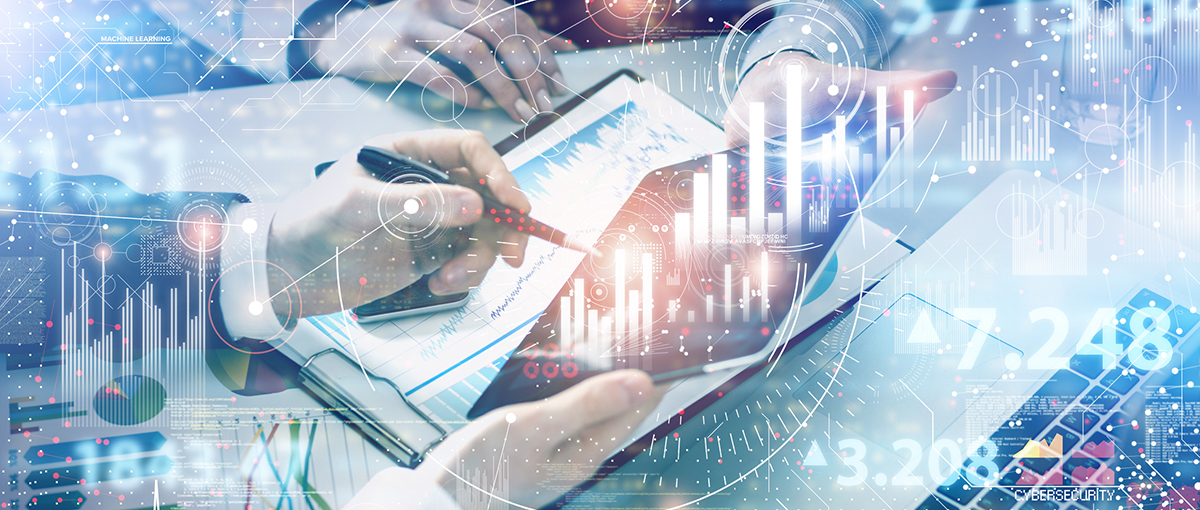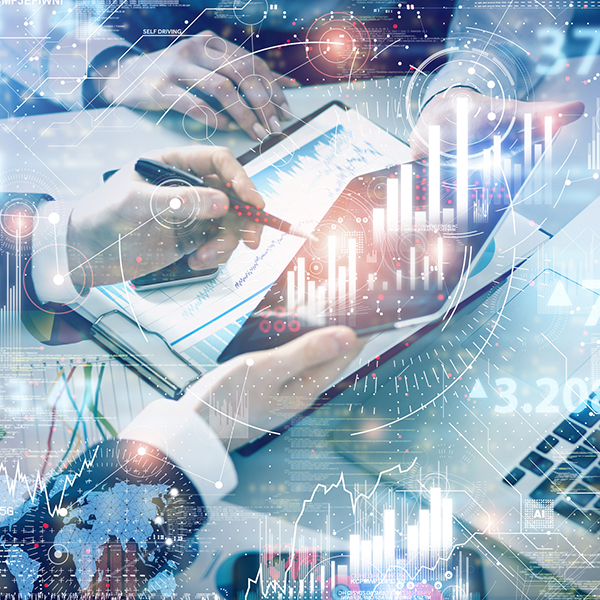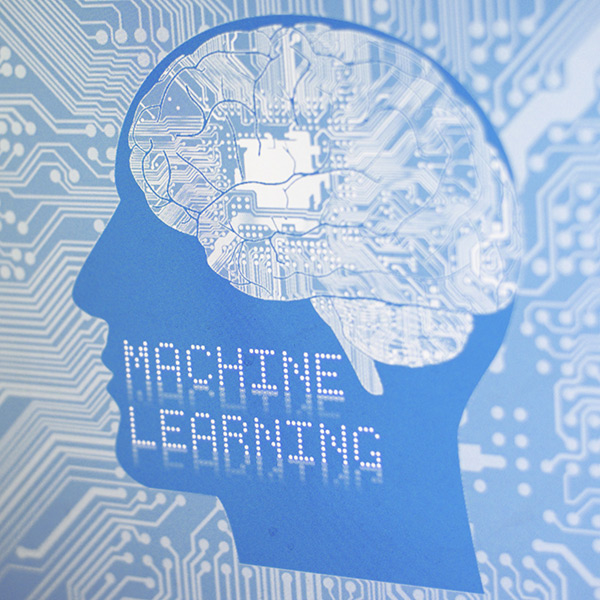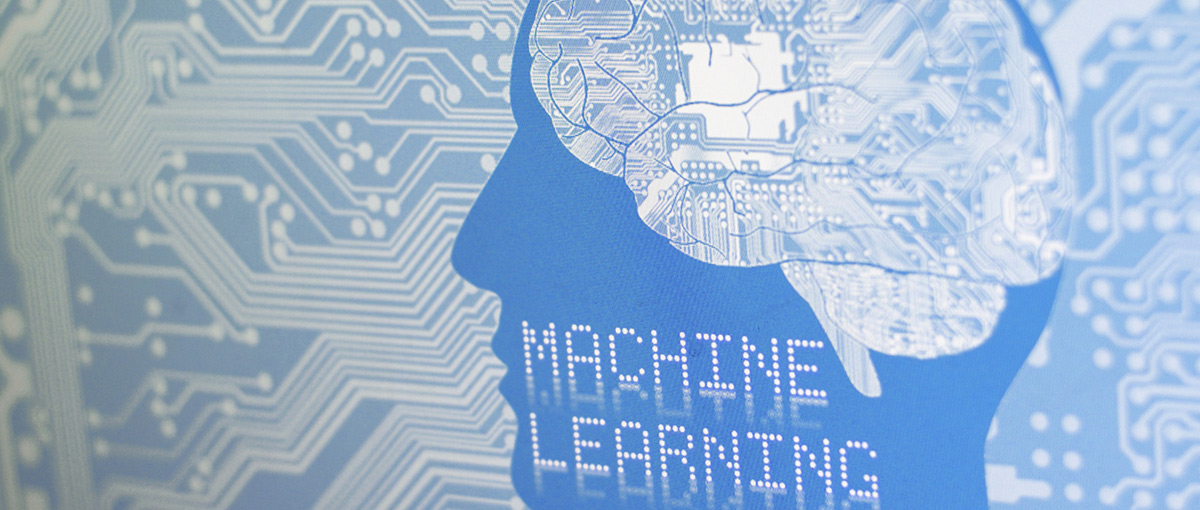
Professor Carlo Vercellis, director of the executive programme in data science and business analytics, tells about the latest trends in the market of big data and makes an appeal: «External consultants are no longer enough. Organizations now need to integrate these positions internally»
Growth which for the last five years has been constantly in double digits, around 20%, investments that in Italy reached the value of 1.7 billion euros. The market of analytics, in other words the analysis of data, has come to a turning point. «But now it’s time to grow», says Professor Carlo Vercellis, professor of machine learning at Politecnico di Milano, director of its executive programme in data science and business analytics and scientific head of the Big Data & Business Analytics Observatory. «Large companies have gained familiarity with these tools, although up to now they have mainly relied on external consultants. It’s time to incorporate these figures within companies, even in SMEs. There are many challenges to be faced, just as many professional figures required and therefore job opportunities for those who want to work in this field».
Organization, management, process automation: the latest trends
There are two particular trends identified by Vercellis. «The first challenges are of an organizational and managerial nature, and involve the governance of the supply chain of data driven projects, that is those based on data: moving from experiments, which have become increasingly numerous and complex, to the pilot project, and then to the start of production and to deployment. The second challenge concerns business processes, that must be changed in a data driven perspective. We’re thinking about process automation, that is an automation of processes that substitute human activities with little value added through algorithms that allow software and robots to carry out a series of repetitive tasks. This allows to free up resources, human and material».
Lots of data, lots of algorithms: the need for functional awareness
However, data alone is not enough. You need to know how to question, read and interpret it, and for this there’s a need for specific skills: «We are submerged with data. The two main sources are social activities, that provide unstructured data, which cannot be reduced to tables of numbers; and the Internet of Things, or that network of objects, household appliances included, with smart features, which collect large amounts of more structured data», explains Vercellis. «To read them you need to know which analytical tools to use: we’re talking about algorithms, obviously, which while sharing basic settings are not all the same. According to the task to be carried out, one can be more suitable than another. For this reason, there’s the need for a professional with “functional awareness: experts capable of using data and business analytics tools, without having to be technicians. These are the professional roles that companies are starting to look for today, because little by little they are realizing that external consultants are not enough».
The job opportunities in the world of analytics
The professional profiles that fit this requirement are varied. «They go from business users, able to understand the logic and limits of these tools, to the translator, a bridge figure who knows the language of data science and business, and is able to facilitate communication between these two worlds. Professional roles today are increasingly technical: the data scientist, data engineer, business analytics data scientist solution architect».
The executive programme in data science and business analytics of MIP Politecnico di Milano aims to train professionals in the different areas needed: «It’s a course that begins in October, requires a commitment of two days a month and touches on all the issues tied to this subject», explains Vercellis. «It involves hands-on sessions and final project work in which students must apply notions learned to a problem, proposed by themselves or professors of the MIP faculty. The course is for individuals, who perhaps are looking to reskill, but I expect that above all it will be companies that take advantage of this opportunity: a great opportunity to train an internal resource able to manage the company’s needs, a task that an external consultant would never be able to carry out».








